Green beans are found in most vegetable gardens. The reason is simple: bean plants are easy to grow and demand a limited space.
Also, not to forget – they are incredibly productive! Beans increase as well, not to mention the health benefits green vegetables bring with them.
So, how to grow bean plants in your backyard or kitchen garden? How much water do bean plants need to grow? Hang on with us; here is a detailed guide.
What are the Varieties?
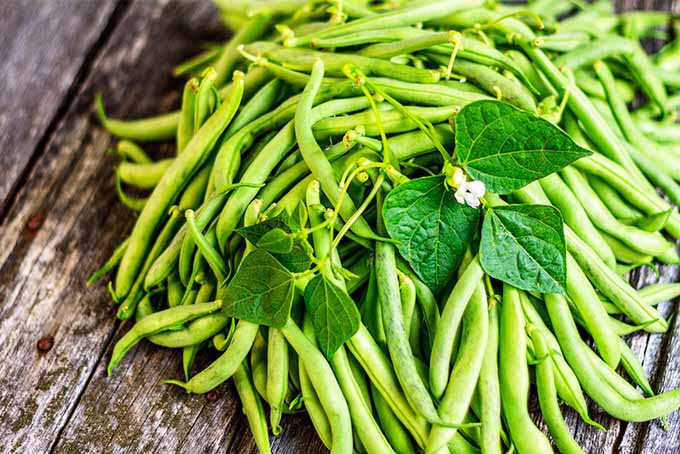
Bean plants have various varieties like Asian long beans, French green beans, Purple beans, snap beans, yellow wax beans, and Italian, to name a few.
These are of different lengths and colors. There is a bush variety called ‘Bean Marcotte,’ which is ideal for container gardens.
[amazon box=”B078GPFMQK”]Bean plants are also categorized based on their growth habits in two categories: bush beans and pole beans.
Bush Beans
These beans grow fast and are compact, hence the name. They are about 24 inches tall and wide or 0.30 to 0.60 meters in height.
They do not need any support, so the benefit of planting bush beans is that you do not have to string them. Bush beans tend to spread across the ground instead of growing upwards. They usually produce in about 50 to 55 days.
Bush beans should be sown at the end of spring and harvested in the seventh or eighth week. The harvest lasts for about three weeks.
These beans produce beans one to two weeks faster than pole beans. Pole beans produce more beans than bush beans.
Pole Beans
Also known as vining snap beans or runner beans, pole beans are a great option if you have a small gardening space.
They require support and can grow up to five feet or more. Pole beans are planted after the first frost and begin to crop eleven to twelve weeks after seeding. The harvest lasts around six to eight weeks.
One of the advantages of growing pole beans is that they can add an excellent focal point to your garden. They take longer than bush beans to mature but yield better results.
If you live in a region that experiences more mild summers, pole beans are the way to go.
How to Plant Bean Plants?
- All kinds of beans are usually sown in the garden and not transplanted. It should be kept in mind that bean plants have weak roots. They can be easily damaged. Here are some tips for sowing the seeds:
- Do not plant the seeds too early. Wait till the frost passes. Beans need warm weather to survive and are planted in winters, and the seeds can rot. It would help if you were seeding when the soil temperature reaches about 21 C.
- If planting bush beans, the seeds should be sown 1 inch deep and 3 inches apart after the plants grow tall, thin them to at least 18 inches. If the soil is warm and moist, you can expect seeds to germinate within a week.
- Seeds should remain dry as wet seeds may crack or even not germinate at all.
- The area you choose for seeding should be in full sun. The plants can grow in partial shade too, but full sun is considered ideal.
- While planting pole beans, use sturdy poles of about 7 feet and plant six to eight seeds around the base.
- Raised beds are ideal for bean plants, but you can grow them in pots and planters too.
- Green beans grow best at the pH level of 6 to 6.5. This level of acidity should be checked.
- As mentioned earlier, beans do not require a lot of care or maintenance or nutrients. If your soil has the right amount of compost, you should not worry about fertilizing the soil any further. There is no need to add nitrogen to the soil as it may delay the growth.
How Much Water Do Bean Plants Need to Grow?
How much water do bean plants need to grow does not depend on the kind of bean plant you choose to grow? Beans need one inch of water every week. It is common for water to splash over the leaves that can lead to soil-borne diseases.
To avoid that, it is advisable to use a drip irrigation system for supplemental watering. How much water do bean plants need to grow, and how do you know when they need water?
There is a simple technique for this. Immerse your finger into the soil (an inch). If the soil feels dry, the plants need water. Remember that plants that are not watered well stop flowering.
Watering bean plants is necessary because they have shallow roots and keeps the soil cold and moist. If watered correctly, you can grow many more beans than usual. Try watering the bean plants when the sun is out.
You can skip watering them on a cloudy day as it can result in over-watering.
Soil Composition Needed for Bean Plants
Besides knowing how much water bean plants need to grow, you also need to know the soil’s nature that suits them the best. The soil should not be challenging because bean plants have shallow roots.
The soil should be sandy so that the roots can absorb as much water as possible. More importantly, you should make sure that the area you are planting the bean plants on should be free from garbage or weeds.
Harvesting Bean Plants
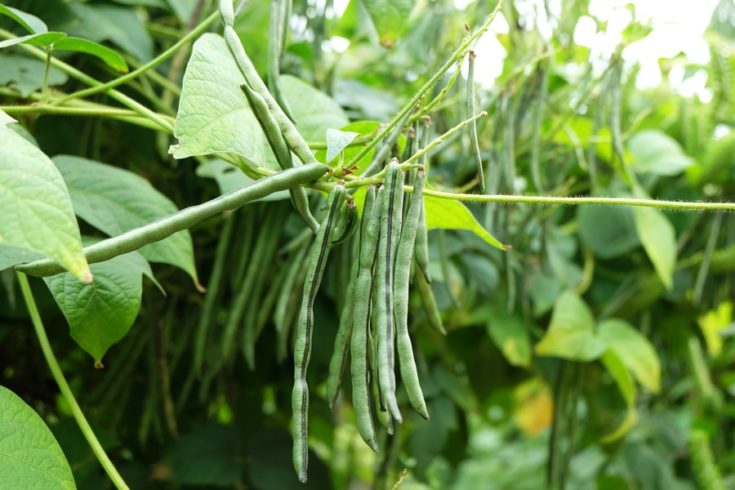
Harvesting green beans is a continuous process. It means that the more you harvest, the more beans the plant will yield. There is not a fixed time to start picking beans.
You can do that any time you find them fully developed. Extra beans can be pickled or frozen and used later. Gardeners tend to harvest beans when they are young, soft, and tender, as mature beans can be challenging.
The sugar level of the beans is highest in the morning. So, it can be a better time to harvest. Bush beans mature in about 50 to 55 days after planting, while pole beans may take up to 55 to 65 days.
Pick the beans gently and make sure you do not damage the plant. If you find any over-mature pods in the plant, remove them. This can make the plant produce more seeds and hence a decrease in harvest.
Problems You May Face with Bean Plants
One of the significant challenges when growing bean plants is keeping away pests from eating them. Almost all insects and animals love beans, as much as you do.
You can use a fence or garden cloches to protect them. Pests can also be treated with organic pest control methods, like using pesticides or fungicides.
Bean rust is a form of fungus than bean plants get. If your plant happens to catch this disease, you need to dispose of it.
If the plant leaves have spots of unusual colors, then it may have caught the mosaic virus. These diseases can be prevented by keeping plants dry and ensuring enough space between them for good air circulation.
If you decide to use a pesticide, read the label, and follow cautions, warnings, and directions.
Green beans have multiple uses. They can be consumed raw, boiled, and fried. They are straightforward to grow.
Even if you have never grown a vegetable in your life and believe that you will be a terrible gardener, you should give it a try. There is nothing to lose and everything to gain!

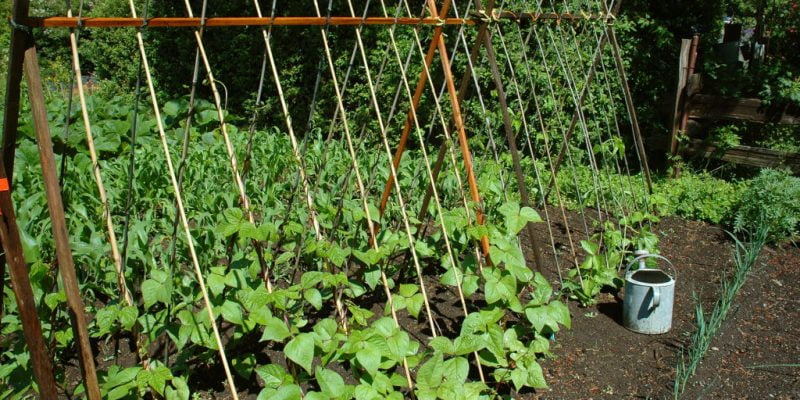


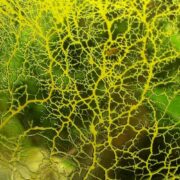
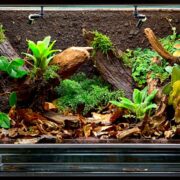


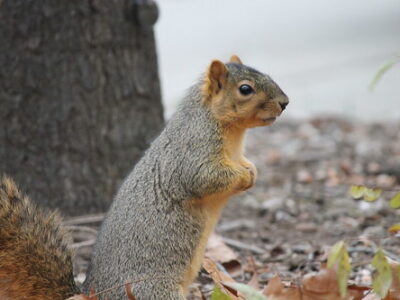



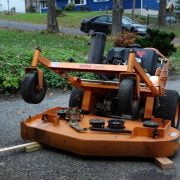
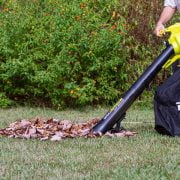
Comments